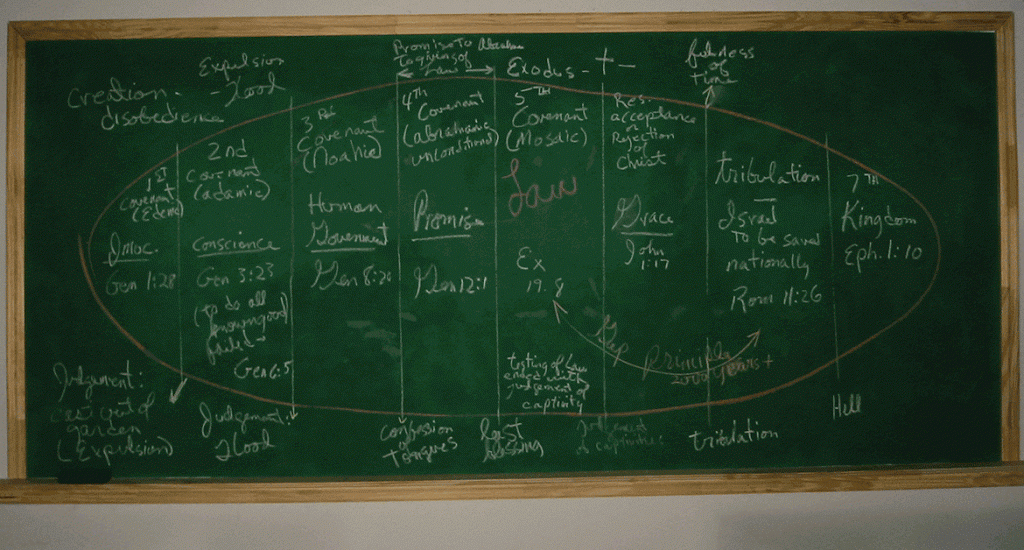|
|
“Too bad for the wood which finds itself a violin if the copper wakes up a bugle, that is not its fault.”
Gilles Deleuze in Kant’s Critical Philosophy
the elements of the avatar:
Fundamental to the idea of the avatar is a temporal constellation of: multiplicity, simultaneity, periodicity, historical intrusion in, and often for, a sacrificial economy; then, lurking to the side of, and perhaps inherent to ‘avatar periodicity’ is trauma, suffering, and re-gathering or redemption. Although foremost in its mystical and millennialist form, this phase is rarely considered in technical circles where representation of a ‘personality’ or type or even representation itself, in the case of post-structuralism and postmodernism, is foremost. The avatar is also ‘powerless’ in a fundamental sense whence derives the concept’s great power and a strategy of winning based on loss, defacement, and dis-ability a position which would seem to put it at considerable odds with the calculative power of techné and sacrifice even as it opens it to the concept of ‘collapse’ as integral to the technical.
(One could also make a point that techné is coterminous with reclamation, gathering, collecting and that chasmatically indigenous to the density of collapse and catastrophe is redemption. That density finds its aufhebung, relief, or grace in Christian kenosis. The notion of kenosis, or self-emptying, allies with both Avataric and Lacanian suturing / point de capiton, a point that is extruded by and makes oblique the forces which ‘quilted’ it into existencethe suturing of the Real and the Symbolic similarly forms a visible ‘ridge’ which simultaneous indicates and obscures its processes of creation. This is all too similar to the Catholic Church’s dictum that “According to Catholic theology, the abasement of the Word consists in the assumption of humanity and the simultaneous occultation of the Divinity.” [This also very close to the Heideggerean assumption of both the uncanny and the divine as “the Being that shines into every thing ordinary” (Parmenides, pp 101 and 115)] There is no getting to the ‘other side’ of the process because human reality is stitched together in such a way that ‘both’ sides are always present, but the visibility of one always obscures the other. Compare with kenosis, for example in Philippians 2:6 : “Who being in the form of God, thought it not robbery to be equal with God: But emptied [ekenosen] himself, taking the form of a servant, being made in the likeness of men, and in habit found as man.” The notion of kenosis also overlaps certain eastern spiritual concepts as well as an emphasis on concepts such as the impersonal, the inhuman, and the extreme in Lyotard, Agamben, and Benjamin, among many other modernist philosophers.)
The ‘hard’ definition of avatar is the descent of a god into matter of many different forms, a rotation of divinity into humanity, a form of incarnation but without exhaustion of the godstuff, plus a plenitude of representatives popping up occasionally through history.
Perhaps the avatar, in both the mystical and the technical variant, could be thought of as a leading edge of a foreign mass which becomes intimate with the crudities of barely conscious matter (that is, us humans), the simple animacy of animal life not being sufficient for its purposes. (though it does raise the question of whether animals can have avatars and whether an avatar is a three-way or two-way mimetic consultancy.) For consciousness which has suffered a fundamental fall into the darkness of matter, the avatar is a guide back to the homeland of consciousness through avenues of delay, return, suffering, redemption, witnessing. Without separation and suffering there would be no need for the concept of avatar to have developed.
the rest here


